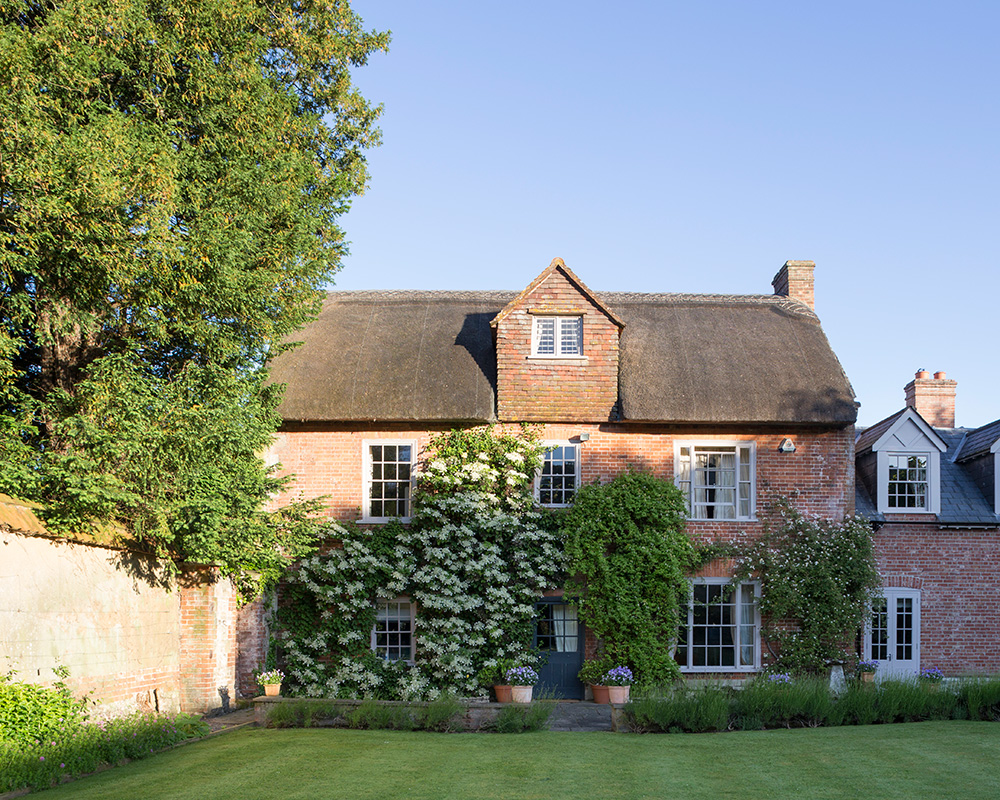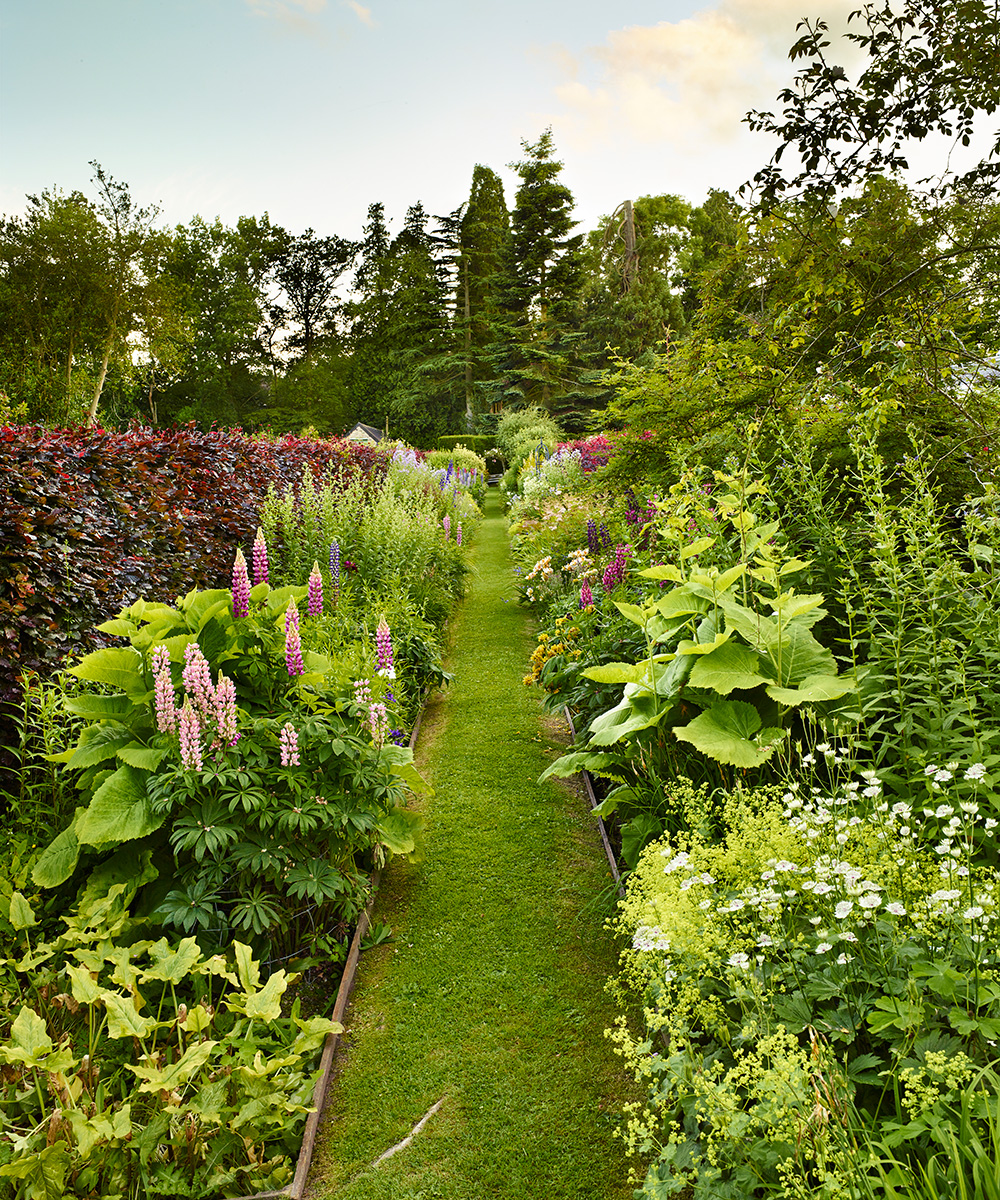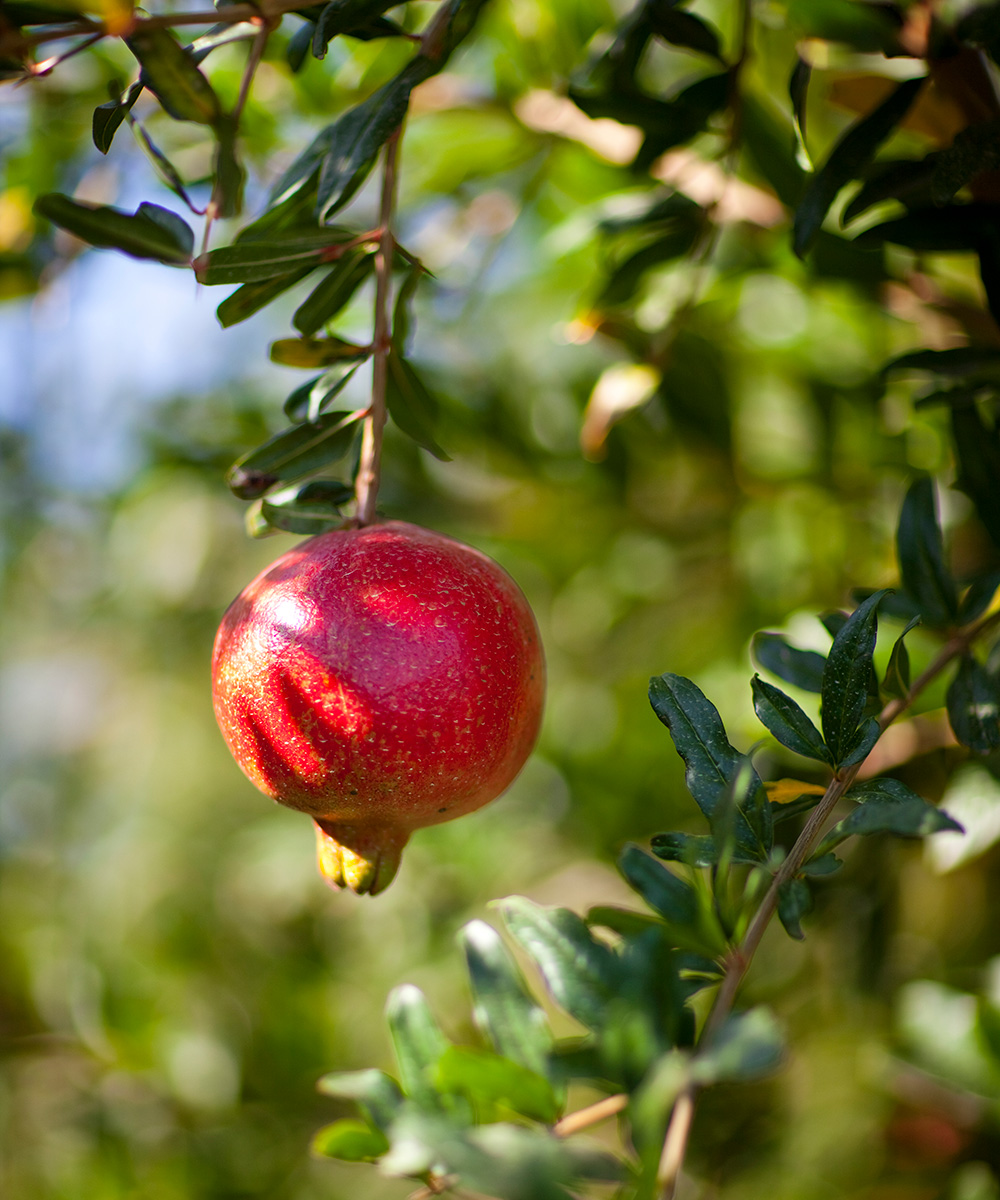How to create a low-allergen garden – to help hay fever sufferers enjoy the great outdoors
Look forward to spending time in the garden.

As we move into the summer months, there has never been a better time to take full advantage of your garden. But with allergies a significant worry for many, money.co.uk has put together a guide to help hay fever sufferers plan a low-allergen garden so they can enjoy the warm weather too.
While gardening is a great hobby for many, for the 13 million hay fever sufferers in the UK the spring and summer months can prove a challenge.
See our news section for more recent events

HOW TO CREATE A LOW-ALLERGEN GARDEN
With the importance of fresh air to mental health and wellbeing clear, money.co.uk has worked with gardening expert Jackie Herald to put together some tips and tricks to help hay fever sufferers enjoy a beautiful garden this summer.
1. CUT THE LAWN FREQUENTLY
Keep the lawn short during the summer months. This helps to prevent the growth of lawn flowers and means less grass pollen is released into the air.

SeeHay fever and sleep: How to allergy-proof your home
2. DO NOT START GARDENING UNTIL MIDDAY
Midday gardening is your best option. Pollen levels are at their highest at the beginning of the day, as they rise with the warming air, and again at the end of the day when it’s cooling down. So avoid gardening at these times if you suffer from hay fever. Try and stick to 12pm-4pm.
Design expertise in your inbox – from inspiring decorating ideas and beautiful celebrity homes to practical gardening advice and shopping round-ups.

SeeWildlife garden ideas, from The National Trust’s garden experts
3. LOOK FOR LOW-ALLERGY SPECIES
Plant fruit trees or another low-allergy species. These offer spring blossom, summer fruit and good autumn colour. Apple (Malus), cherry/plum (Prunus), rowan (Sorbus) and juneberry (Amelanchier) are best to plant. Aim to avoid wind-pollinated trees, that may cause hay fever flare ups, such as alder (Alnus), hazel (Corylus) and birch (Betula).

SeeHow to transform your garden into a picture perfect paradise
4. LOOK OUT FOR MOULD SPORES
Watch out for mould spores on vegetable beds. Due to vegetables benefiting from well-drained soil, many choose to grow them in a raised bed. If it's made of timber, make sure to line your bed with a waterproof membrane to prevent the timbers from rotting and producing mould spores. Compost with care as compost bins can act as a source of mould spores, which are even finer than pollen and hold the risk of reaching deep into the respiratory system. Keep the bins well away from seating areas and ensure you cover them up, as well as using gloves when handling them.

5. BE MINDFUL OF YOUR SEATING
Think about your garden seating as positioning is important. Gardening takes patience and effort, so make sure you take the time to relax and enjoy the fruits of your labour. Just ensure you keep your garden seating well away from the more allergenic pollen sources and any potential mould spores.

6. CREATE A SPACE FOR WILDLIFE
Choose beneficial blooms as generally what’s good for bees and other insects is good for us too. Prioritise insect-pollinated plants, many of which are bell, funnel or trumpet-shaped so that insects have to probe inside to reach the pollen.


Jennifer is the Digital Editor at Homes & Gardens, bringing years of interiors experience across the US and UK. She has worked with leading publications, blending expertise in PR, marketing, social media, commercial strategy, and e-commerce. Jennifer has covered every corner of the home – curating projects from top interior designers, sourcing celebrity properties, reviewing appliances, and delivering timely news. Now, she channels her digital skills into shaping the world’s leading interiors website.